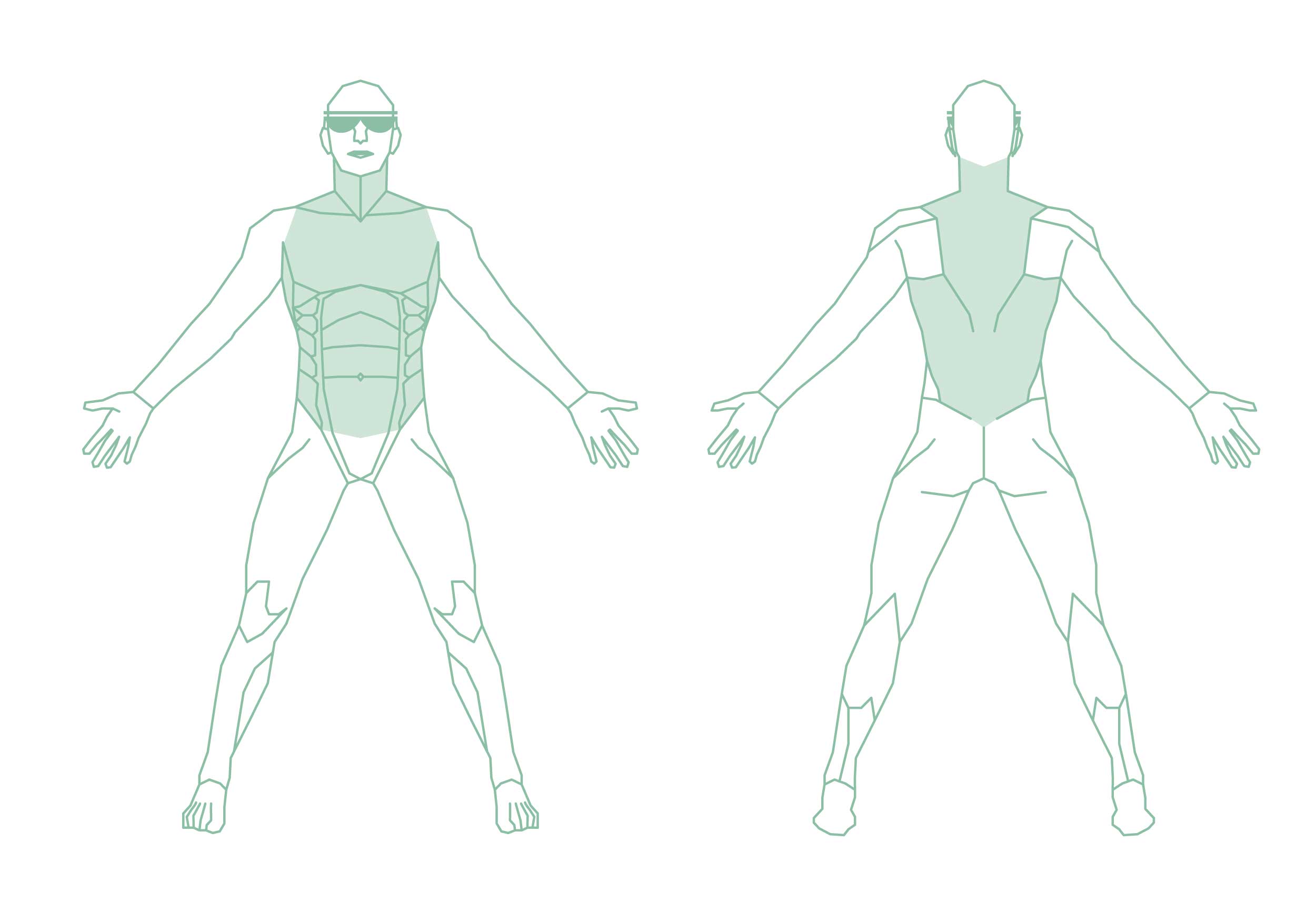PHYSIOTHERAPY FOR LUMBAR, THORACIC & CERVICAL SPINE
Complaints in the area of the lumbar spine and back pain are often summarized very unspecifically as lumbalgia or lumbar syndrome. Colloquially, one also speaks of lumbago or classically of low back pain. As soon as it lasts more than 12 weeks, it is called chronic back pain. In the area of the cervical spine, various symptoms are grouped together under the term cervical syndrome (CVS). Often it comes to recurring neck pain, which is known to many. The pain can be caused by various structures including: the small facet joints of the spine, muscles or even the intervertebral discs. Very often, however, no structural cause can be identified. However, this does not mean that your pain is dangerous or that you should not move.
A slipped disc (disc prolapse) or lumbar stenosis(spinal canal stenosis, foraminal stenosis) can also lead to nerve irritation and pain radiating into the legs (sciatica pain) . The recovery of the resilience of your back and nerves can be optimally supported by targeted training. In addition to herniated discs, cervical spine thoracic outlet syndrome can cause radiating pain or tingling in the arms. A typical injury is also known as whiplash, which can affect various structures of the cervical spine Another injury to the spine is vertebral fractures. Depending on the cause of the accident, these can happen at any age, but the risk is particularly high in older people, as they often suffer from osteoporosis. After the fracture has healed, adapted training is recommended to prevent further fractures and to regain resilience.
